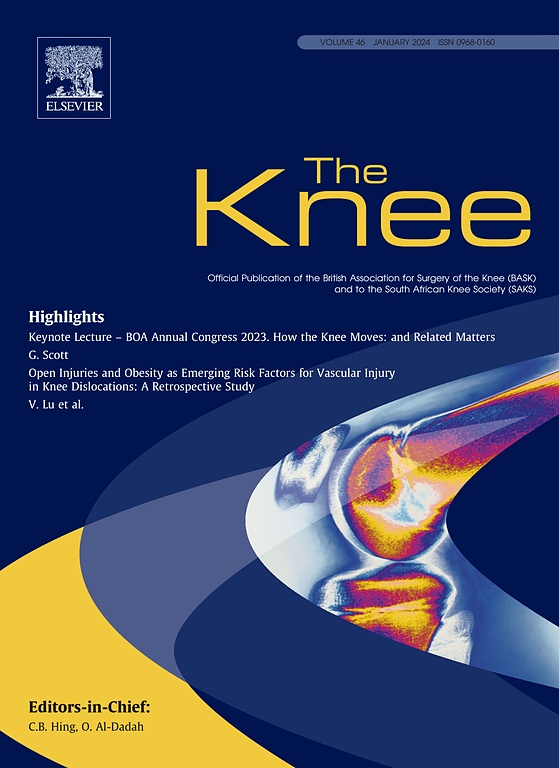
TKA: Wound infiltration with DepoFoam bupivacaine is an effective postoperative analgesia

TKA: Wound infiltration with DepoFoam bupivacaine is an effective postoperative analgesia
A randomized, double-blind, dose-ranging study comparing wound infiltration of DepoFoam bupivacaine, an extended-release liposomal bupivacaine, to bupivacaine HCl for postsurgical analgesia in total knee arthroplasty
Knee. 2012 Oct;19(5):530-6. doi: 10.1016/j.knee.2011.12.004. Epub 2012 Jan 28Did you know you're eligible to earn 0.5 CME credits for reading this report? Click Here
Synopsis
144 patients who were undergoing primary unilateral total knee arthroplasty (TKA) were randomized to receive wound infiltration with DepoFoam bupivacaine (133 mg, 266 mg, 399 mg or 532 mg) or bupivacaine HCl with epinephrine. Over 5 days, the DepoFoam bupivacaine groups had significantly lower pain scores at rest than the bupivacaine HCl group at several time periods. On day 5, the cumulative pain...
To view the full content, login to your account,
or start your 30-day FREE Trial today.
FREE TRIAL
LOGIN
Forgot Password?
Explore some of our unlocked ACE Reports below!

Learn about our AI Driven
High Impact Search Feature
Our AI driven High Impact metric calculates the impact an article will have by considering both the publishing journal and the content of the article itself. Built using the latest advances in natural language processing, OE High Impact predicts an article’s future number of citations better than impact factor alone.
Continue



 LOGIN
LOGIN

Join the Conversation
Please Login or Join to leave comments.